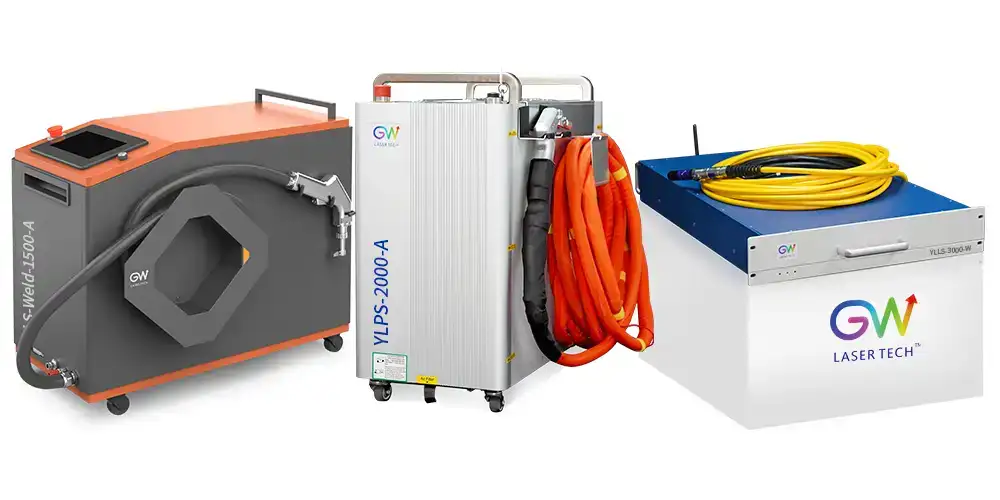Laser Welding
Intro:
Laser welding is a processing method that uses a high-energy-density laser beam as a heat source to heat the workpiece, and uses pressure or no pressure, with or without filling material, to achieve atomic bonding of the workpiece. Laser welding includes laser self-fusion welding (including high-brightness lasers, FRM lasers, shutter multi-optical output lasers, and dual-band hybrid welding), laser filler wire welding (laser brazing), and laser arc hybrid welding.
Product characteristics:
High energy density: Lasers can provide high energy density laser beams, allowing the welding process to quickly heat and melt the welding material.
High focus: The laser beam can be focused through optical elements such as lenses, making the energy density of the welding point higher to make welding effect better.
High precision: Laser welding can achieve very precise welding, suitable for tiny welding spots or complex shapes welding.
Non-contact: Laser welding is a non-contact welding method that can avoid material contamination and deformation.
Highly controllable: The energy and focus position of laser welding can be precisely controlled by adjusting the parameters of the laser to adapt to different welding needs.

Screen
No Data
No data

